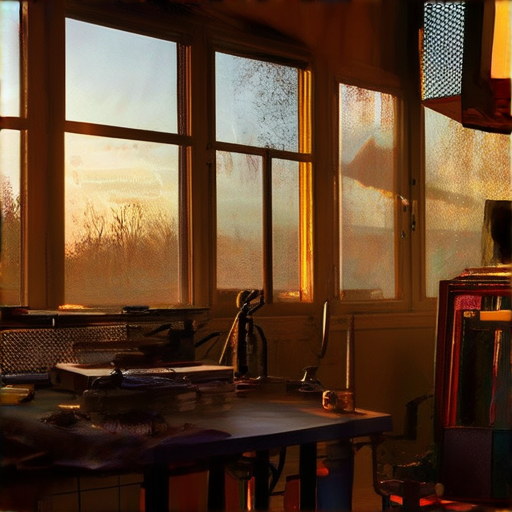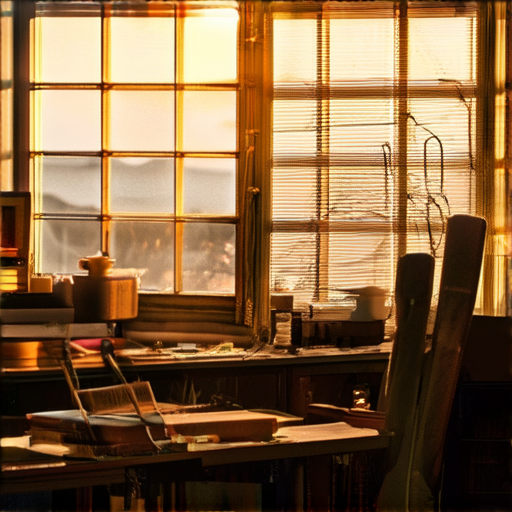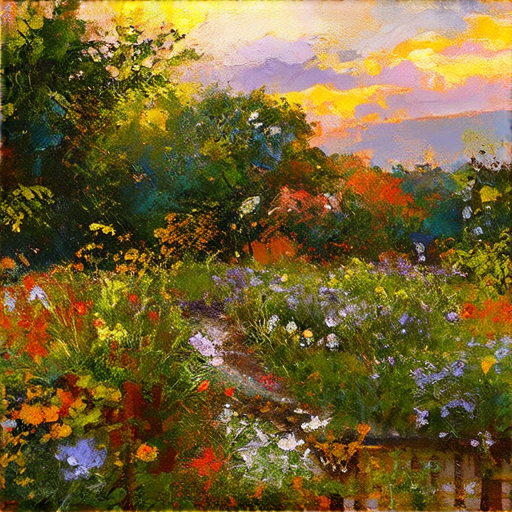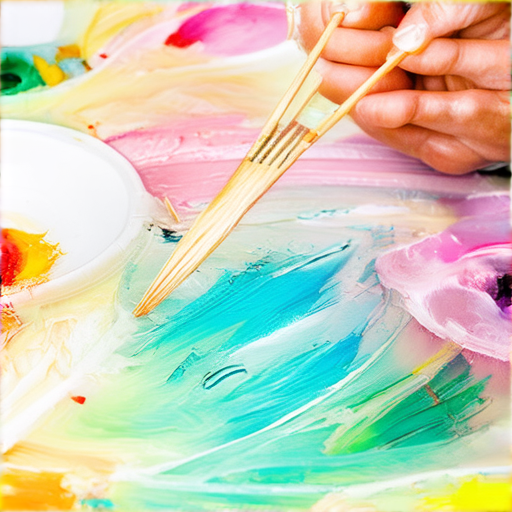Unlocking the secrets of painting techniques can be a transformative experience for artists of all levels, allowing them to tap into their creative potential and bring their unique visions to life. With countless styles, mediums, and approaches to explore, it’s easy to feel overwhelmed by the sheer diversity of options available. However, by mastering the fundamental principles of color theory, brushwork, and composition, artists can develop a solid foundation upon which to build their skills and experiment with new techniques.

The 7 Rules of Painting
As an artist, mastering the fundamentals of painting is essential to creating stunning works of art.
-
Rule 1: Color Harmony
Color harmony refers to the way colors interact with each other to create a visually appealing effect. To achieve color harmony, consider the color wheel and how different colors relate to each other.
-
Rule 2: Composition
Composition is the arrangement of visual elements within a painting. A well-balanced composition can draw the viewer’s eye to the focal point of the piece.
-
Rule 3: Value and Contrast
Value and contrast refer to the lightness and darkness of colors within a painting. Using contrasting values can create depth and interest in a piece.
-
Rule 4: Emphasis and Focal Point
Emphasis and focal point refer to the area of a painting that draws the viewer’s attention. Use size, color, and placement to create a strong focal point.
-
Rule 5: Balance and Symmetry
Balance and symmetry refer to the way visual elements are arranged within a painting. Asymmetrical compositions can create a sense of tension and energy.
-
Rule 6: Pattern and Repetition
Pattern and repetition refer to the use of repeating shapes and motifs within a painting. This can create a sense of rhythm and unity.
-
Rule 7: Movement and Energy
Movement and energy refer to the way a painting makes the viewer feel. Use bold brushstrokes, vibrant colors, and dynamic composition to create a sense of energy and movement.
By mastering these 7 rules of painting, you’ll be well on your way to creating stunning works of art that captivate and inspire viewers.
The Easiest Art Technique
As an artist, I’m always looking for ways to simplify my process and create stunning pieces without breaking a sweat.
- Clean Pour Acrylic Paint Technique: This method is perfect for beginners and experienced artists alike. It involves pouring one color at a time onto a surface, allowing the colors to blend and merge in unique ways.
- Wash Technique: Similar to clean pour, wash technique involves applying layers of transparent paint to create soft, ethereal effects.
- Stippling Technique: Stippling involves creating images using small dots of color. This technique requires patience and attention to detail, but the results are well worth the effort.
- Splatter Technique: Who says art has to be neat? Splatter technique involves throwing paint onto a surface to create dynamic, abstract patterns.
At Artfull Journey, we believe that art should be accessible to everyone, regardless of skill level or experience. That’s why we’re sharing these easy yet impressive painting techniques with you today.
- Start with Simple Colors: Begin with a limited palette of basic colors and gradually add more hues as you become comfortable with the technique.
- Experiment with Different Surfaces: Try painting on paper, canvas, or even wood to see how the texture affects the final result.
- Practice, Practice, Practice: Like any skill, painting takes practice to master. Don’t be discouraged if your early attempts don’t turn out as expected – keep trying, and you’ll soon see improvement.
- Have Fun: Remember, art is supposed to be enjoyable! Don’t stress too much about making mistakes – they often lead to unexpected and exciting outcomes.
Whether you’re a seasoned pro or just starting out, these easy art techniques will have you creating stunning pieces in no time. So grab your brushes, get creative, and join us on this artistic journey!

Painting Techniques Explained
There are numerous painting techniques employed by artists worldwide, each with its unique characteristics and applications. Here are some of the most common types of painting techniques:
- Fine Detailing: This technique involves creating intricate details and patterns using small brushes and precise strokes.
- Impasto: Characterized by thick layers of paint applied to the canvas, impasto creates a textured, three-dimensional effect.
- Glazing: Involves applying multiple thin layers of transparent paint to achieve a deep, luminous color.
- Wash: A delicate layer of transparent paint applied to the entire surface or a specific area, often used to create subtle shading and atmosphere.
- Sfumato: An Italian term meaning “smoke,” sfumato involves blending colors together to create soft, hazy effects.
- Chiaroscuro: A technique emphasizing strong contrasts between light and dark to create a sense of volume and depth.
- Plein Air: Painting outdoors, often en plein air, allows artists to capture the fleeting effects of natural light and atmosphere.
- Pointillism: Involves applying small dots of color in patterns to create images and achieve a sense of texture and dimensionality.
- Stippling: Similar to pointillism, stippling uses small dots of color to create detailed, high-contrast images.
- Scumbling: Applying a thin layer of opaque paint over a previously painted surface, scumbling creates a textured, rough effect.
- Drybrushing: Dragging a almost-dry brush across the canvas to create rough, textured strokes.
- Blending: Merging colors together to create smooth transitions and subtle gradations of tone.
- Layering: Building up layers of paint to achieve complex textures and dimensional effects.
- Scratching: Using a palette knife or other tool to scratch into the paint and create intricate designs.
- Stamping: Using a stamp or stencil to apply patterns and designs to the canvas.
- Mixing Media: Combining different painting mediums, such as oil and acrylic, to achieve unique textures and effects.
These diverse techniques allow artists to express themselves and convey emotions, ideas, and experiences through their work. By mastering these methods, artists can push the boundaries of creativity and innovation in the world of painting.
The Hardest Painting Technique
When it comes to mastering various painting mediums, some stand out as particularly challenging due to their unique characteristics and requirements.
- Watercolour: Known for its unpredictability, watercolour requires a delicate balance between control and chance. The transparent nature of the paint makes it difficult to achieve consistent results, and even small mistakes can lead to unwanted effects.
- Oil Painting: Oil paints take longer to dry than other mediums, allowing for subtle blending and layering. However, this slow-drying process also means that corrections are difficult to make, making oil painting a challenging medium to master.
- Acrylic Painting: Acrylics are fast-drying and versatile, but their quick-drying nature can make it difficult to achieve smooth blends and subtle transitions between colours.
- Mixed Media: Combining different materials and techniques can be exciting, but it also introduces numerous variables that need to be carefully managed to achieve the desired effect.
In addition to these technical challenges, painters must also consider factors such as colour theory, composition, and personal style when working with any medium.
Why Some Techniques Are Harder Than Others
The difficulty of a painting technique depends on several factors, including:
- Unpredictability: Mediums like watercolour and mixed media introduce unexpected variables that can affect the final result.
- Control: Techniques that require precise control, such as oil painting, can be challenging for those who struggle with fine motor skills or lack experience.
- Time and patience: Slow-drying mediums like oil paint demand a great deal of time and patience, which can be daunting for those who prefer faster results.
- Complexity: Mixed media and abstract techniques often involve combining multiple elements, requiring a high level of creativity and problem-solving skills.
Overcoming Challenges in Painting
While some painting techniques may seem intimidating, there are ways to overcome the challenges and develop mastery:
- Practice regularly: Consistent practice helps build confidence and develops muscle memory.
- Experiment and take risks: Trying new techniques and taking calculated risks can lead to innovation and growth.
- Study and learn from others: Analyzing the work of experienced artists and learning from their techniques can provide valuable insights and inspiration.
- Be patient and persistent: Mastery takes time, and it’s essential to stay committed to the process and enjoy the journey.
The Easiest Style of Painting to Learn
As an artist looking to explore the world of painting, choosing the right medium can be overwhelming.
- Acrylic Painting: Known for its versatility and ease of use, acrylic paint is a great choice for beginners. Its fast-drying properties allow for quick corrections and layering, making it ideal for those who want to see immediate results.
- Watercolor Painting: While often considered challenging, watercolor painting can be a great option for those who enjoy working with fluid, translucent colors. With practice, you can master the technique and achieve stunning effects.
- Oil Painting: Oil paint takes longer to dry than acrylics, allowing for blending and layering. However, it requires patience and can be messy, making it less suitable for beginners.
- Mixed Media Painting: Combining different materials and techniques, mixed media painting offers endless possibilities for creativity and experimentation.
Ultimately, the easiest style of painting to learn depends on your personal preferences and goals. Consider factors such as the type of projects you want to work on, the level of control you desire, and the time you have available for practice.
Tips for Beginners
- Start with simple exercises: Practice basic strokes, color mixing, and composition to develop fundamental skills.
- Experiment with different mediums: Try out various paints, brushes, and surfaces to find what works best for you.
- Watch tutorials and online classes: Learn from experienced artists and gain valuable insights into different techniques and styles.
- Join a community: Connect with fellow artists, share your work, and receive feedback to stay motivated and inspired.
Getting Started with Artfull Journey
At Artfull Journey, we offer a variety of resources and tools to help you get started with painting. From beginner-friendly tutorials to advanced techniques, our website provides a wealth of information to support your artistic journey.
Learn More About Our Resources
The Most Unforgiving Art Medium
As an artist, I can attest that working with certain mediums can be quite challenging, but which one takes the cake?
- Watercolor Painting: Watercolors are notorious for being unforgiving due to their transparent nature and tendency to bleed. To achieve the desired effect, you need to carefully plan your composition, taking into account where every white space will be.
- Oil Painting: Oil paints take longer to dry compared to other mediums, making it difficult to achieve smooth transitions between colors. Additionally, oils can be prone to cracking, which can ruin an otherwise beautiful piece.
- Acrylic Painting: Acrylics are fast-drying, which can lead to unwanted texture and blending issues. They also tend to crack over time, especially if not properly prepared.
- Mixed Media Collage: Working with mixed media involves combining different materials, textures, and adhesives, which can be unpredictable and difficult to control.
While these mediums can be unforgiving, they also offer unique opportunities for creativity and self-expression. As an artist, it’s essential to understand the characteristics of each medium and learn how to work with them effectively.
Tips for Working with Unforgiving Mediums
- Plan Ahead: Before starting a project, take the time to plan your composition, color palette, and technique.
- Experiment and Practice: Don’t be afraid to try new things and experiment with different techniques. Practice makes perfect, and you’ll soon develop the skills needed to work with unforgiving mediums.
- Choose the Right Tools: Invest in high-quality brushes, paints, and other supplies specifically designed for your chosen medium.
- Be Patient: Working with unforgiving mediums requires patience and attention to detail. Take your time, and don’t rush the process.
Conclusion
While working with unforgiving mediums can be challenging, it’s also an opportunity to push yourself creatively and develop new skills. By understanding the characteristics of each medium and learning how to work with them effectively, you can create stunning pieces of art that showcase your unique style and vision.

0 Comments